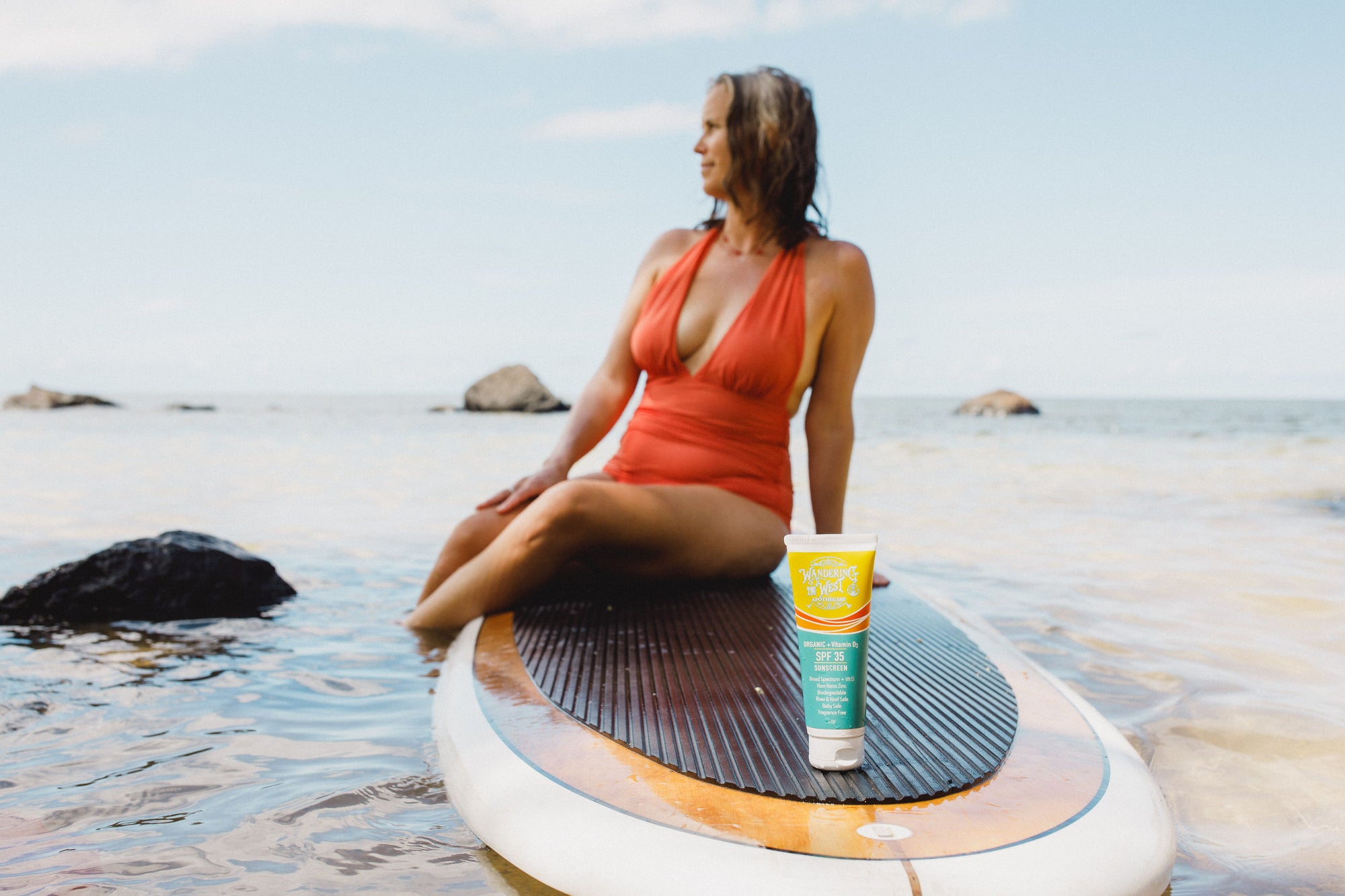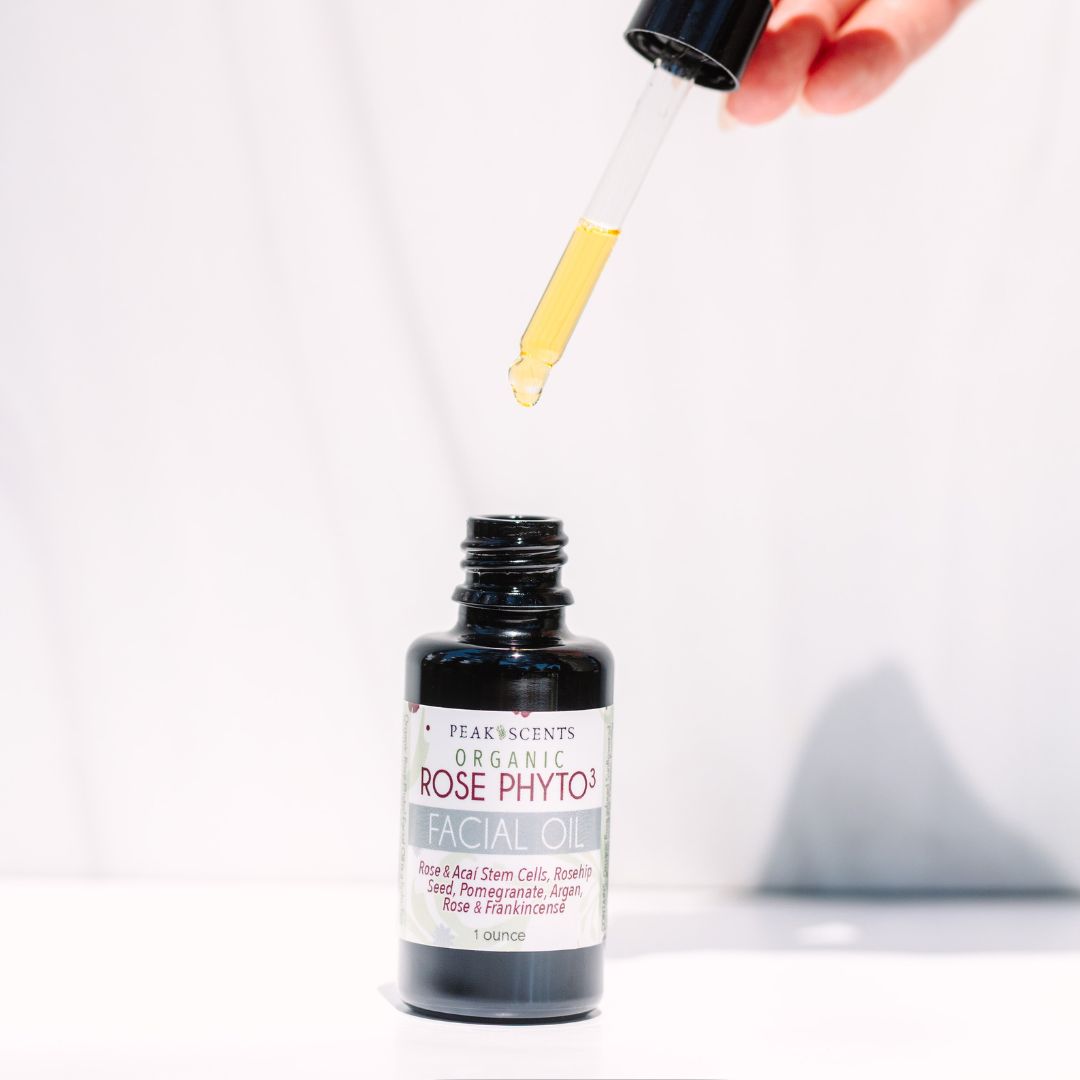It seems like the debate on sunscreens is never-ending these days. First we’re told we must wear sunscreen, then we’re told its components may be harmful. Now we’re told they’ve been hurting marine ecosystems all along but UV rays are more intense than ever so we better protect that skin! It’s a dilemma we’re not only faced with on the beach in the summer, but every day of the year now (did you know that the UV rays in winter are actually stronger?). Panic no more; in this blog, we’ll dish some insight that will have you ditching your traditional chemical sunscreens and adding mineral-based options to your daily routine instead.

What are Chemical Sunscreens?
Chemical sunscreens typically contain ingredients that function in absorbing and dispersing UV rays. The main active ingredients in these traditional sunscreens include oxybenzone, octisalate, homosalate, avobenzone, and octocrylene. All of these chemicals penetrate the skin and can cause an array of issues. One of which is endocrine disruption- the inhibition of proper hormone production, release, and regulation; inflammation; and free radical production, which can lead to carcinogenesis- the initiation of cancer formation in the cells. Chemical sunscreens can also cause acne, rosacea, and eczema flare ups.
The Benefits of Mineral Sunscreen
Mineral sunscreens provide us with a safer alternative to chemical-based products. Mineral-based sunscreens contain non-nano zinc oxide and/or titanium oxide and iron oxide which sit on top of your skin instead of penetrating it like chemical ingredients do. Non-nano zinc oxide is considered to be the most effective active ingredient in mineral sunscreen since it provides stronger and longer-lasting UV protection than the active ingredients used in traditional sunscreens. These mineral ingredients also shield us from hyperpigmentation caused by UV damage and block visible light so that our skin isn't damaged by blue light emitted from electronic devices. Yes, that’s a thing-yikes! Non-nano zinc oxide also blends into your skin more easily than regular zinc oxide or titanium dioxide so you can avoid that annoying corpse-like white cast often associated with mineral sunscreens.

Making the switch from chemical to mineral sunscreen is one way to take better care of your skin while still having adequate protection against UV rays. Although it's a habit to opt for one of the conveniently-placed chemical sunscreens, we have a feeling you’ll think of this blog post next time you’re in the check-out line. Plus, a little goes a long way with mineral sunscreens, so you’ll find yourself purchasing it less often. So if you want a safer and more effective alternative to chemical sunscreen then consider switching to mineral sunscreen with non-nano zinc today!
So how can you get on board?
Check out our Organic + Vitamin D Sunscreen SPF 35, it’s reef and river safe, baby safe, 100% biodegradable, and only contains 5 ingredients! Want to brighten up your daily skin protection with a gorgeous finish? We also have four shades of Tinted Mineral Sunscreens that take the cake when it comes to creating a beautiful dewy look while hydrating your skin, balancing oils, and sun protection. Don’t worry, the tints are reef and river safe, baby safe, 100% biodegradable, too.





